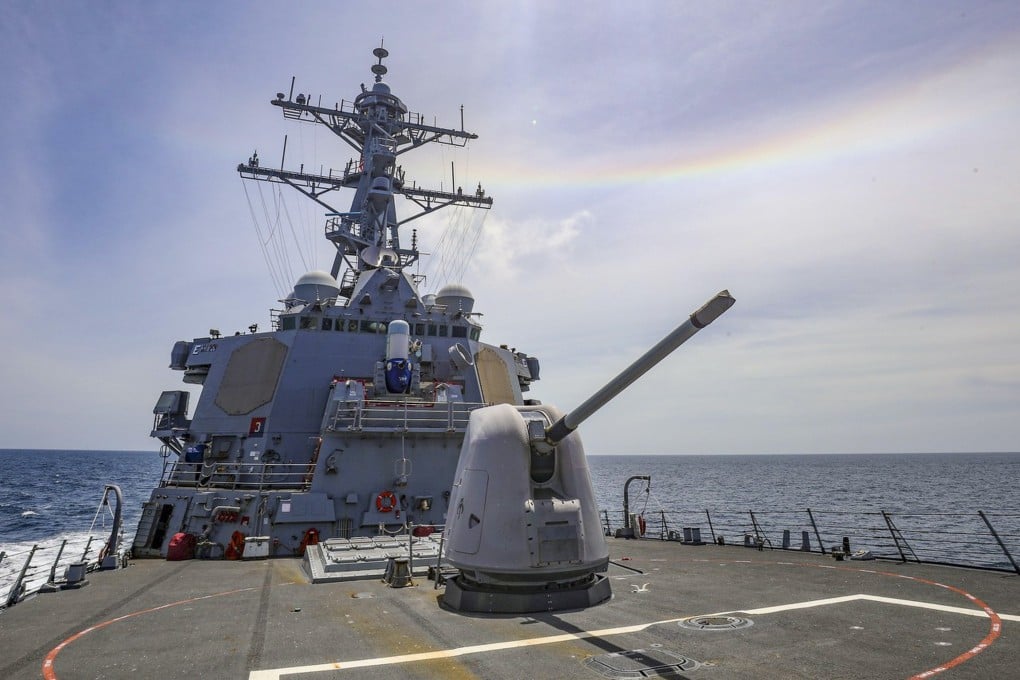China has no time frame for Taiwan reunification, even if US says so: envoy
- Washington-based diplomat’s take follows remarks by US Secretary of State Antony Blinken saying Beijing keen to hasten plan to seize self-ruled island
- ‘We don’t want to use force, but … we should have the capability to deter and prevent the worst-case scenario’ of Taiwan independence, says Jing Quan

“I don’t think there’s any so-called timeline over the Taiwan issue,” Jing Quan, a minister at China’s embassy in Washington, said in a discussion with Susan Thornton, a former senior US State Department official, organised by the Institute for China-America Studies, a think tank.
“Some people are talking about five years, 10 years, 2035, 2049. I don’t think so,” Jing said. “We want to get united as soon as possible, but we don’t have any timeline.
“Here, the interpretation, and the media’s interpretation about the party congress is not correct – to say it’s more tough and it’s focused on the use of force,” he added.
“We don’t want to use force, but at least that we should have the capability to deter and prevent the worst-case scenario, that is Taiwan independence.”